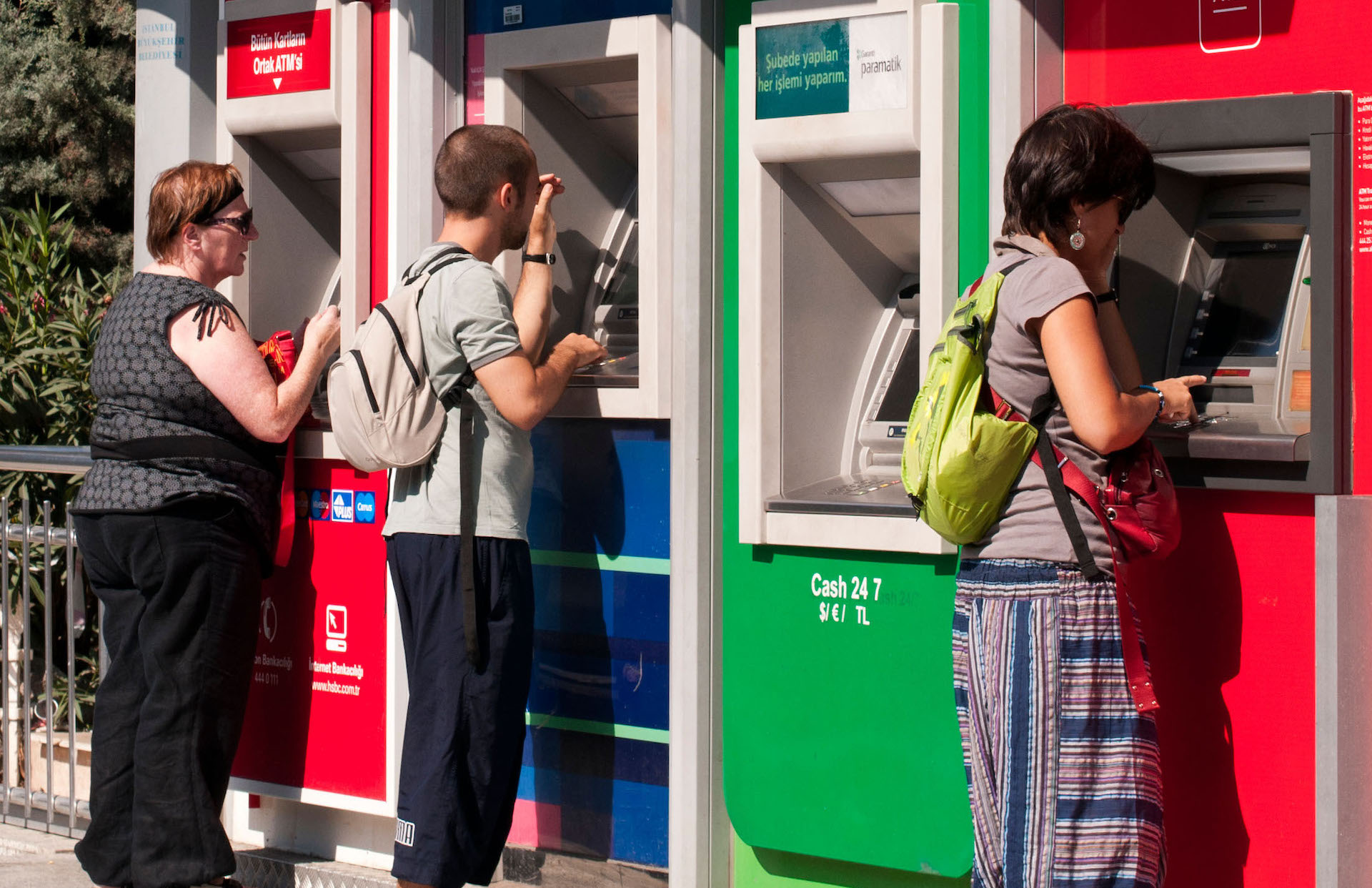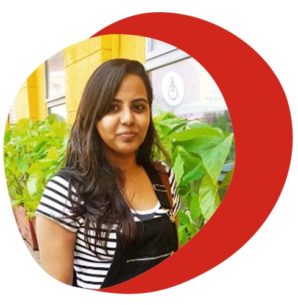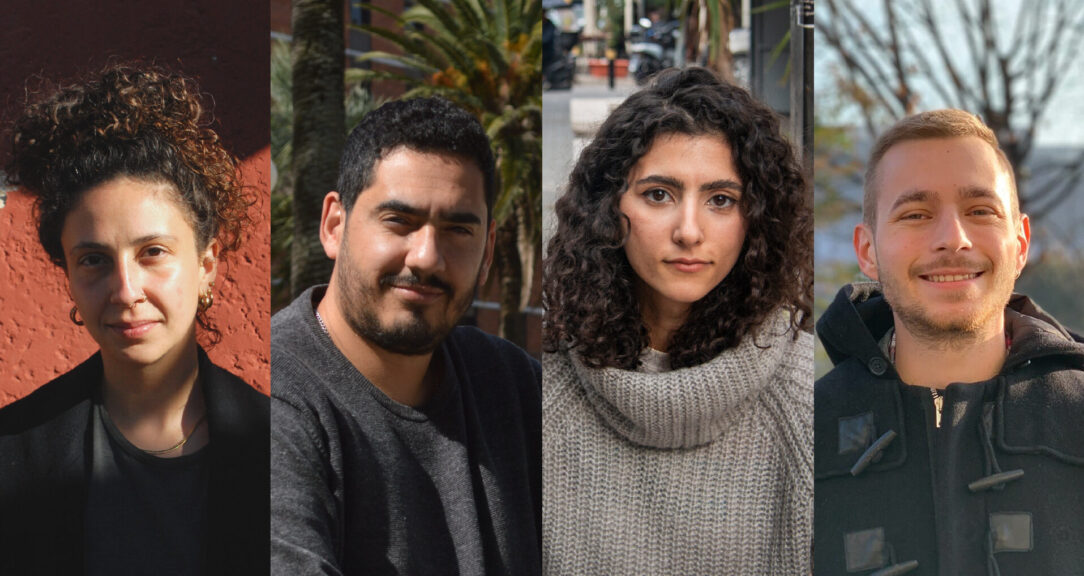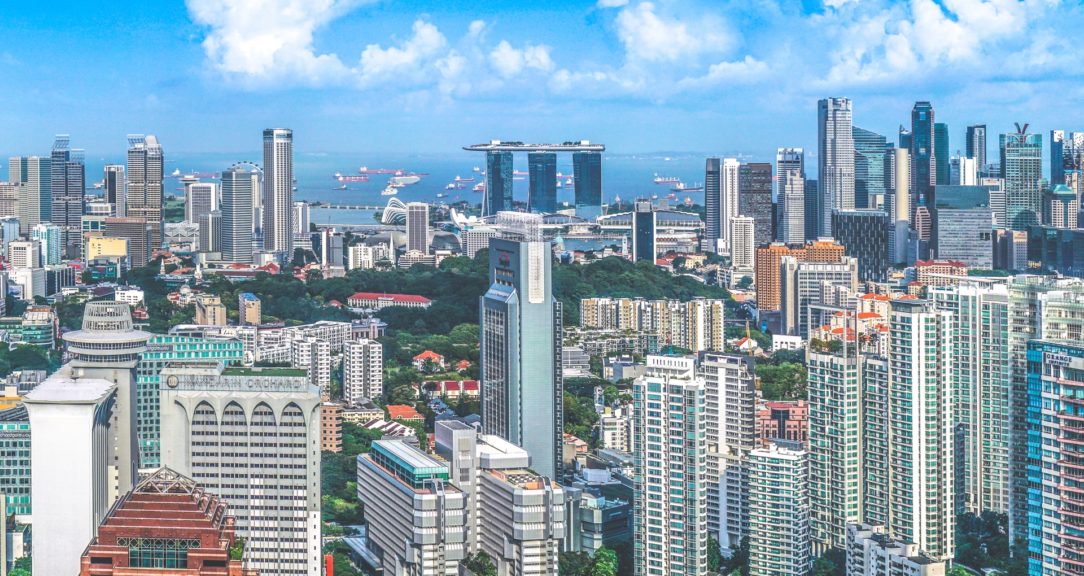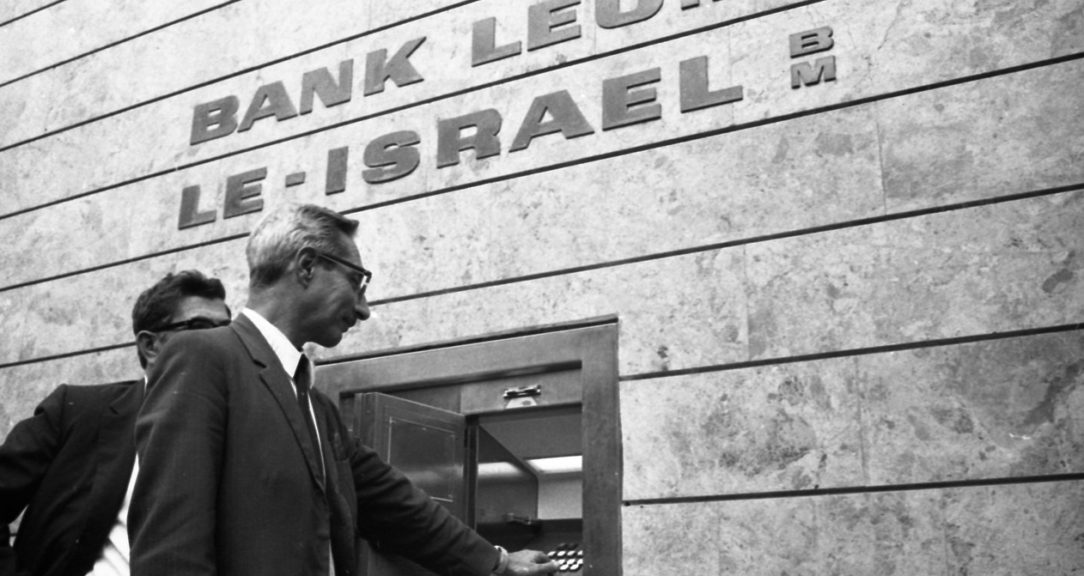Higher levels of bank account ownership have been linked to poverty reduction and higher savings. Financial inclusion also helps build resilience — the ability to cope with an unexpected or emergency expense without falling into debt or financial exploitation.
Increased access to bank accounts also results in greater financial autonomy for women, allowing them to save and access business loans and insurance. A study of over 100 million people in India found that women were more likely to participate in a government workfare program when the benefits were paid directly into their own account rather than being paid in cash or paid into the account of a male household head.
Despite global and national efforts to boost bank account ownership, 24% of people in the world remain unbanked in 2022, according to the World Bank’s Global Findex 2021.
Lack of money is one of the most common reasons why a person might not have a bank account — 62% of unbanked adults reported this, per the Global Findex. Other major reasons include financial services being too expensive, financial institutions being too far away, and another family member already having an account.
24% of people in the world remain unbanked in 2022.
A lack of trust in the banking system is another significant reason, cited by 23% of global respondents. Mistrust is highest in countries including Ukraine, Argentina, Bolivia, Bulgaria, Colombia, Jamaica and Russia, where over one-third of respondents cited lack of trust as a barrier to owning a bank account.
Lack of necessary documentation and identification is another major barrier, particularly in low-income economies. Providing unbanked adults with documentation can and has increased account ownership, as seen in India, where the introduction of a universal identification document, Aadhar, helped double bank account ownership rates from 2011 to 2021.
Of course, traditional banks aren’t the only way to participate in the global financial system. Mobile money services and digital wallets are increasingly popular, especially in sub-Saharan Africa and South Asia.
Global banking access
Although worldwide account ownership has increased in the last 10 years, from 51% to 76% of adults, 1.4 billion people over the age of 15 still remain unbanked. Over half of those unbanked people live in seven countries: Bangladesh, China, Egypt, India, Indonesia, Nigeria and Pakistan. Low-income countries have some of the lowest account ownership rates, while many high-income economies have near universal participation.
Account ownership growth has been steepest in developing economies: with growth rates of over 25% in Peru, South Africa, Uganda and India. Uganda and India were two of the biggest drivers of growth between 2011 and 2021. Uganda more than tripled its account ownership rate from 20% to 66%, and India saw an increase from 35% to 78%. A large part of this growth was driven by a 2014 Indian government policy aiming at expanding affordable access to financial services. Banks offered accounts with no opening fees and no minimum balances to unbanked people across India. This happened in tandem with the introduction of Aadhar, a biometric-based identification document.
The banking gender gap
There remains a gender gap when it comes to bank account ownership: About 78% of men and 74% of women worldwide have an account. This reflects a decline in the gap from 7 percentage points to 4 points between 2011 and 2021. Côte d’Ivoire, Algeria, Jordan, Morocco and Turkey have the largest gender gaps, each more than 20 percentage points. In Kazakhstan, Argentina, the United States and Uruguay, women are more likely to own a bank account than men.
Although various factors affect the gender gap, such as the proliferation of mobile banking, income levels, age and education, an increase in account ownership has usually corresponded with a decrease in the gender gap, such as in India, Italy and Saudi Arabia, where the gender gap has shrunk significantly since 2011.
Male vs. female bank account ownership
Digital and mobile banking
In South Asia and in sub-Saharan Africa, more than half of unbanked adults own mobile phones. Encouraging mobile banking could drive up account ownership rates, skirting barriers associated with financial exclusion, such as lack of identification documents and physical distance from banks.
This effect is evident in sub-Saharan African countries like Benin, Cameroon, the Republic of Congo, Côte d’Ivoire, Gabon, Guinea, Malawi, Sierra Leone, Tanzania, Zambia, and Zimbabwe, where more adults have a mobile banking account than a conventional bank account. Mobile money has also helped reduce the account ownership gender gap in developing economies, allowing women increased access to the financial ecosystem in sub-Saharan Africa.
Banking and internet access by country income
How people get paid around the world
The pandemic changed the worldwide financial ecosystem in a number of ways, including driving the adoption of mobile money and digital banking globally, but especially in sub-Saharan Africa. In fact, mobile money accounts grew even when the number of conventional bank accounts dropped or remained stagnant, in Benin, Ghana, Zambia, and other countries.
Mobile money services and digital banking also went up in other parts of the world, as people were forced to receive salaries and pension payments digitally, as well as pay for goods online. Of all the adults in low and middle income economies who made a digital payment, over a third did so for the first time since the pandemic started.
Wages received by region and mode
Building financial resilience
Leveraging mobile money services and providing documentation to unbanked adults have emerged as the two most promising ways of boosting global account ownership.
Having a bank account enables people to save and improves financial resilience. The Covid-19 pandemic came as a massive financial blow to the world, and those who were the most financially secure and resilient, weathered it best. So access to banking services is about more than financial security or resilience: it can save lives.
Read more
Sign up to keep up to date with ReThink Q.
